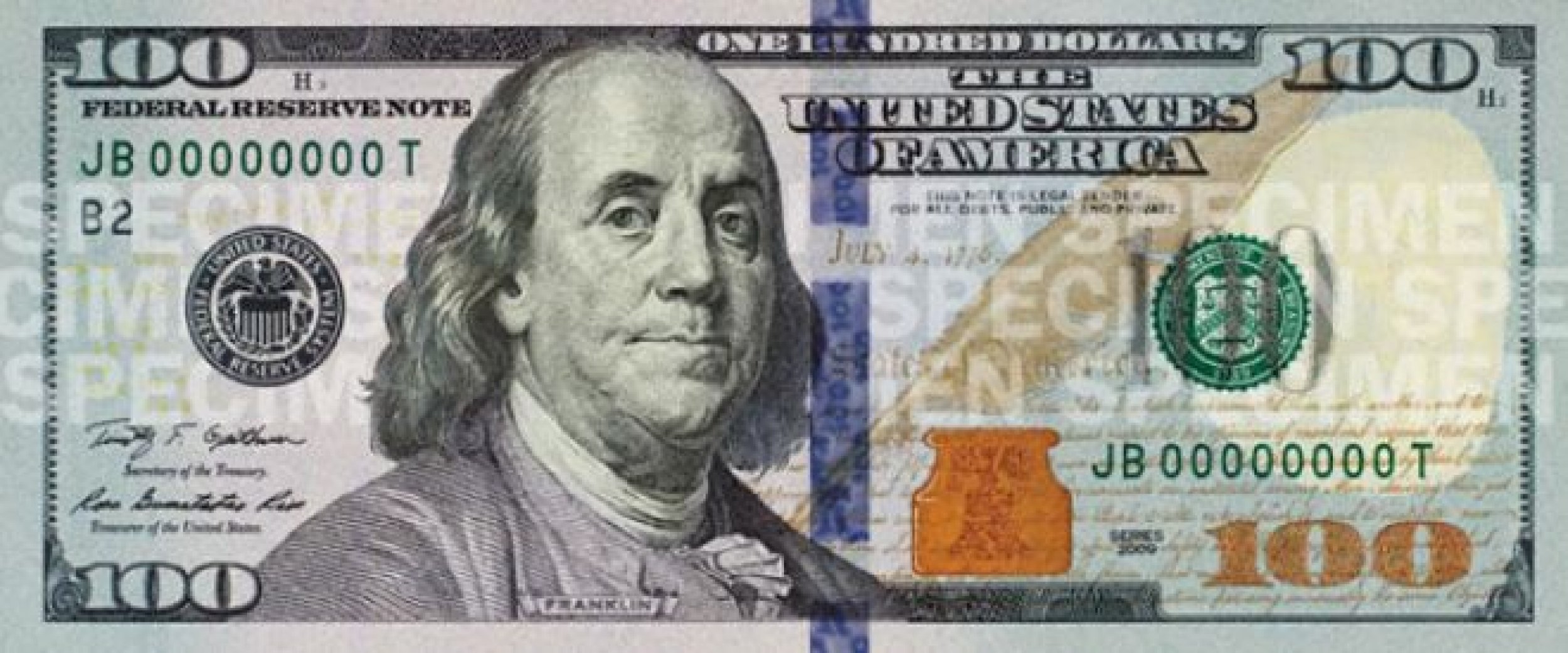New $100 Bill Release Date Set For Early October, Will Feature Innovative 3-D Security Ribbon [PHOTOS]
The Federal Reserve says that the redesigned $100 bill will begin circulating on Oct. 8, 2013.
The redesigned currency, which includes new security features such as a blue, 3-D security ribbon, will be easier for the public to authenticate but more difficult for counterfeiters to replicate, the Fed said Wednesday.
Having been unveiled in 2010, the new $100 bill’s introduction was postponed following an unexpected production delay. News reports from the time of the delay indicate that the Fed needed more time to fix production issues that left unwanted creases in many of the bills.
"We made numerous process changes to address the creasing issue and we are back in full production," Dawn Haley, a spokeswoman for the Bureau of Engraving and Printing, told Fox News.
According to the report, Haley said those changes included modifying the paper feeder on the printing presses to accommodate variations in the paper associated with the 3-D security ribbon.
The 3-D security ribbon, the new $100 bill’s most-talked about feature, is composed of thousands of tiny lenses that magnify the objects underneath them to make them appear to be moving in the opposite direction from the way the bill is being moved.
Fed officials will reportedly be offering programs aimed at educating businesses and consumers around the world to raise awareness about the new design and provide information on how to use the new security features. Extensive redesigns to U.S. currency began in 2003 when the government added splashes of color to the $20 bill. That makeover was followed by redesigns for the $50, $10 and $5 bills.
In related news, the United Kingdom will also be giving their currency a makeover, as wartime Prime Minister Winston Churchill’s portrait is set to be featured on a new 5-pound note. Bank of England Governor Mervyn King announced Friday that the note is likely to be issued in 2016 and will be based on a famous portrait photographed by Yousuf Karsh in Ottawa in 1941.
The note will also bear Churchill’s wartime declaration that he has ‘‘nothing to offer but blood, toil, tears and sweat.’’ Much like U.S. currency, British bank notes celebrate a range of historical figures.
Churchill will replace the 19th-century social reformer Elizabeth Fry. He is credited with strengthening British resolve during the darkest days of World War II, was prime minister from 1940 to 1945, and again between 1951 and 1955. He won the Nobel Prize for Literature in 1953 for his works of history and biography and his ‘‘brilliant oratory in defending exalted human values.’’










© Copyright IBTimes 2024. All rights reserved.












